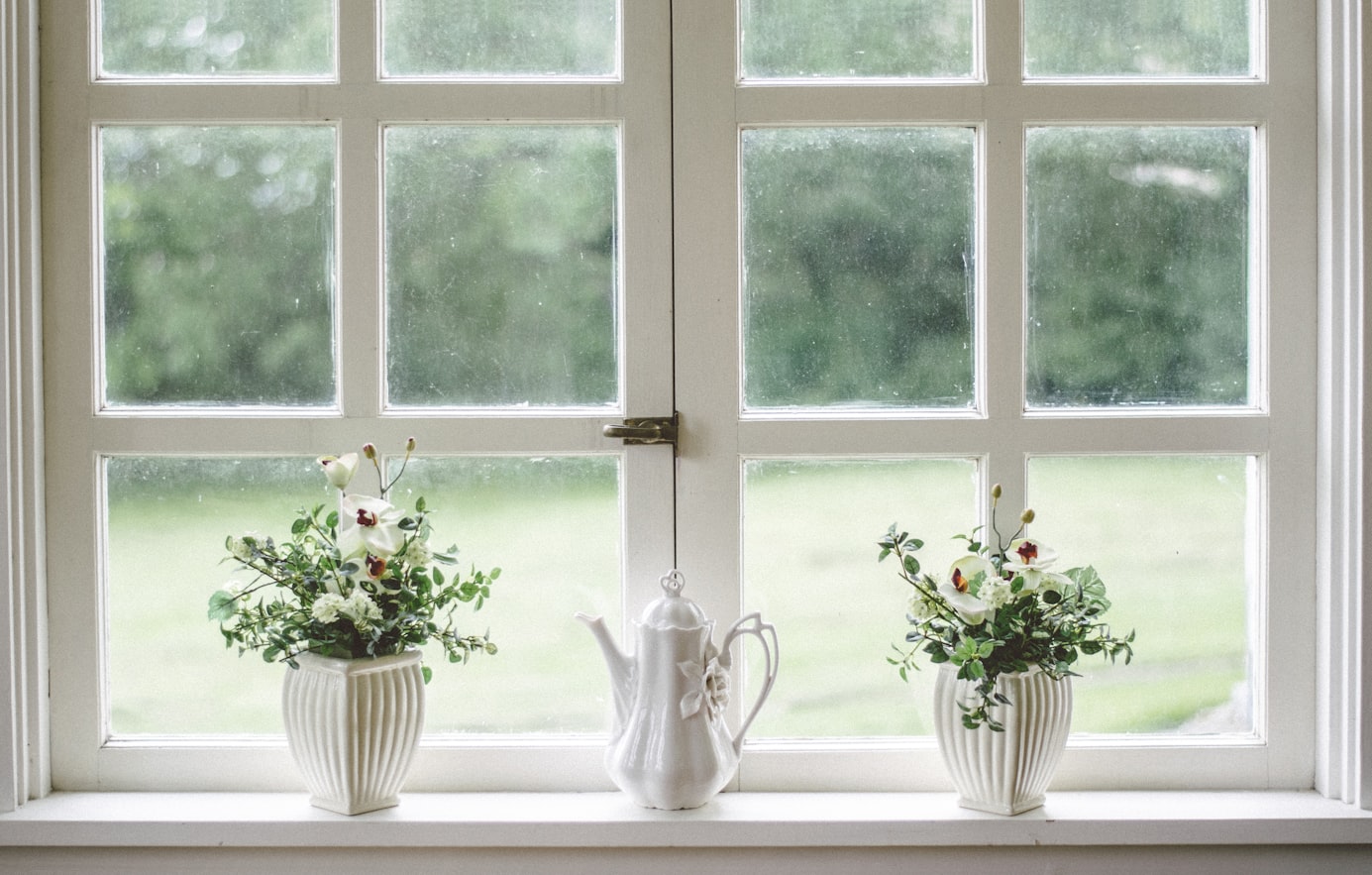Window Styles That Can Improve Your Home’s Insulation
In most homes, people spend about 40% of their annual budget on heating and cooling. Windows are key to insulation. Therefore, the choice of windows in your property will affect how much money you spend or save annually to improve the comfort. When investing hundreds of thousands on a window replacement, ensure you get the most out of your money.
Some products are highly effective and will help to cut the heating and cooling costs significantly to make your home more comfortable. Nowadays, advancements in technology have led to precision-engineered window designs that help homeowners achieve their desired results.
It’s now possible to get energy-efficient windows that meet your preferences and unique needs. Your area's climatic conditions will also affect the ideal window design to install to ensure better insulation and comfort in your home. Here are some of the window styles that can improve your property’s insulation:
Double-Hung Windows
These are traditional types and are found in many homes in different parts of the country, especially in pre-war buildings. With this type of window, the bottom slides up to open up the window. The units can be highly effective. However, they may not work as expected in extreme cases due to air intrusion between the sliders.
Casement Windows
The units are popular in areas that are prone to strong winds. The windows have a crank that swings them outward to open. If the wind blows towards a house, they seal themselves off tighter. One of the cons of using them is that they require maintenance on seals and hinges to retain their effectiveness.
Picture Windows
Usually, the units don’t open, and you can find a wide range of shapes and sizes. However, this doesn’t necessarily mean they are inefficient. Glass choices are crucial for these units.
Other than the style, the frames also affect a window’s insulation properties. Improving the thermal resistance of the frames affects a window’s overall efficiency. All frame materials have e advantages and disadvantages. Some of the most common materials include aluminum, fiberglass, vinyl, and wood.
Although aluminum and other metal frames are strong and have low maintenance requirements, they conduct heat rapidly, making them poor insulation materials. Placing an insulating plastic cap between the inside and outside part of the frames and sash can help to reduce heat flow.
On the other hand, fiberglass frames have cavities that you can fill with insulation. This makes them more effective than most materials. Vinyl frames also contain cavities that you can fill with insulation. Wood frames insulate relatively well but require proper maintenance from time to time.
If you have noticed your energy bill increasing, it might be time to replace your windows for better insulation. You don’t need to be losing warm air due to inefficient windows. Consider some of the above window options to reap the most benefits.



0 Comments
Recommended Comments
There are no comments to display.